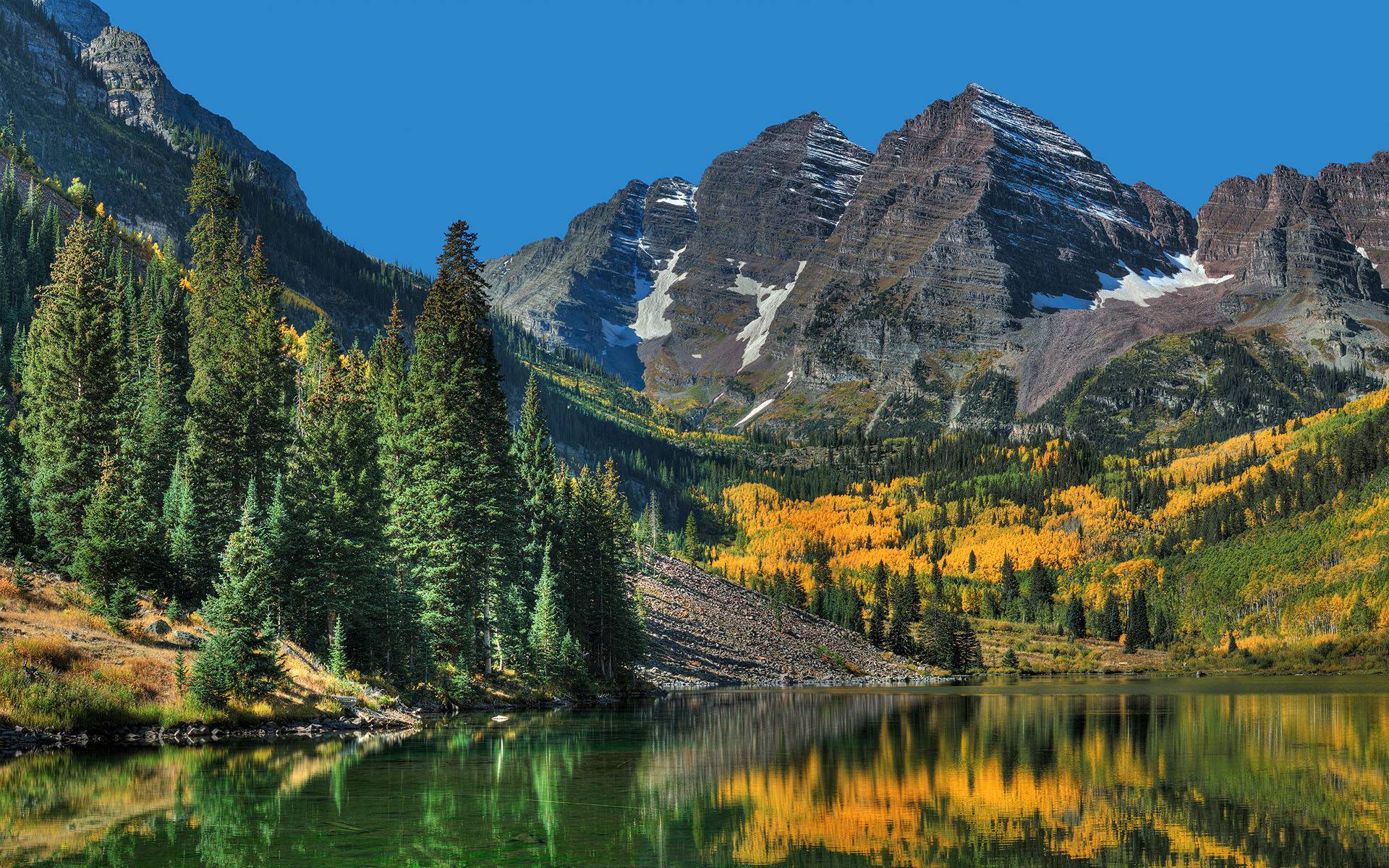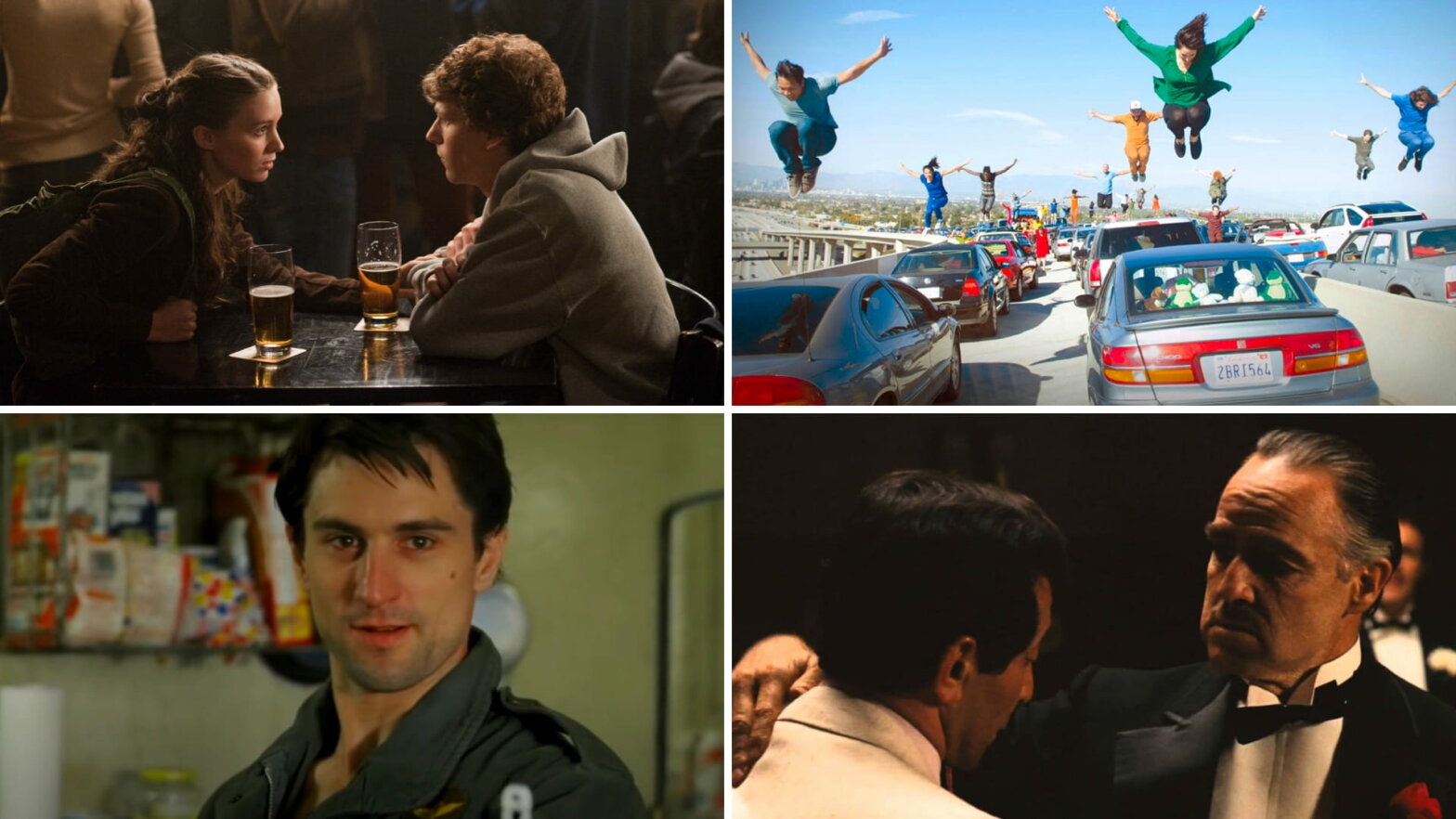Do you ever wonder what really makes a music scene tick, or perhaps what 'scene music' truly means when you hear people talk about it? It's a bit of a fascinating subject, that, because for many, music is not just sounds; it's a huge part of how we figure out who we are, where we fit in, and what groups we belong to. It shapes our experiences, you know, and it's something that just about everyone connects with on some level.
So, when folks mention 'scene music,' it's easy to picture a specific sound, maybe something like the hyperpop artists that are very popular right now, perhaps 6arelyhuman or Odetari. But, actually, that's more often what people call 'scenecore,' which is a slightly different thing. The idea of 'scene' itself, you see, is a lot broader than just one musical style, and it's quite interesting to consider how it all fits together.
This piece will unpack what 'scene music' truly means, going beyond just the popular ideas and showing you the real heart of this cultural vibe. We'll explore its origins, the sounds that make up its character, and how people connect with it, so, in a way, you'll get a clearer picture of this vibrant part of music culture today, as of November 2023, too.
- What Exactly Is Scene Music?
- The Sounds of Scene: More Than Just One Vibe
- Iconic Scene Bands and Artists
- Finding Your Scene: Where to Listen and Connect
- The Enduring Influence of Scene Music
What Exactly Is Scene Music?
Not a Genre, But an Aesthetic
When you hear the term 'scene music,' it's really easy to get confused, isn't it? Many people, in fact, might immediately think of a particular kind of sound. But, you know, it's actually not a music genre in itself; it's just short for the music scene in general. This means that people who identify with the scene subculture, sometimes called 'scene kids,' listen to pretty much everything, so your playlists are scene in a technical sense, too. It’s more about a shared aesthetic, a way of looking and feeling, rather than a specific beat or melody, which is a rather interesting distinction, I think.
The 'scene' is a subculture, you see, one that grew roots back in the 2000s, perhaps even earlier, but really took off with platforms like Myspace. It was about the vibe, a very distinct visual style with bright colors, teased hair, and a particular attitude. The music they listened to was diverse, and it wasn't about sticking to one strict genre. It was about how the music made you feel, how it fit into the overall look and social gatherings, which is quite different from how some other music cultures work, honestly.
The Social Vibe and Community
The social side of scene music is, you know, incredibly important. It's about community, really. People found enjoyment, defined who they were, and affirmed group membership through this shared interest. Back in the day, scene queens would get all dressed up to go to local music and events just so that they could go out on the scene. They did not care what the music was, necessarily, as much as they cared about the experience and connecting with others. It was a place where friendships blossomed and identities were explored, which is, at the end of the day, a pretty powerful thing for young people.
This sense of belonging, you see, extended online, especially with Myspace taking over as the primary mode of social media communication by 2006. Bands spread their music, and fans connected, creating a global network of like-minded individuals. It was, in a way, a very early example of how online spaces could foster real-world communities around shared interests, something we see so much of today, too. This connection, honestly, is a big part of what kept the scene alive and growing.
The Sounds of Scene: More Than Just One Vibe
Classic Scene Sounds: Pop-Punk, Emo, Screamo
When you look back at the origins of the scene aesthetic, there were definitely some sounds that were, you know, more popular than others. Trends in mainstream culture changed, and pop punk, screamo, and other warped tour acts became incredibly central to the scene's sound. Bands like Fall Out Boy, My Chemical Romance, and Paramore, for instance, were huge. Their music, with its raw emotion and catchy melodies, really resonated with the scene crowd, so it's not surprising they became so popular, is that?
These genres, honestly, provided the soundtrack for countless scene kids. The emotional lyrics and energetic performances captured the angst and excitement of youth, making them, you know, perfect for expressing feelings. The most iconic emo/scene music videos of the 2000s, according to various sources, often came from these very bands, too. This era, in a way, truly defined what many consider the classic 'scene' sound, even if it wasn't the only sound, really.
The Rise of Scenecore: Hyperpop and Beyond
Now, things have, you know, evolved a bit. When people usually think of scene music today, they often think of the hyperpop like 6arelyhuman, kes4eki, odetari, and others. This newer wave of music is actually what many would consider 'scenecore' rather than actual scene music in the traditional sense. Scenecore is a term, you see, used to describe music that is associated with the scene subculture, and it's an umbrella that includes pop punk, as well as these newer, more electronic, and often very energetic sounds, too.
This shift to scenecore shows how music trends, you know, keep changing, and how subcultures adapt. It’s a reflection of new sounds influencing older aesthetics, creating something fresh yet still connected to its roots. The fast-paced, often glitchy nature of hyperpop, for example, seems to fit the bright, almost chaotic visual style of the modern scene aesthetic quite well, so it's a natural progression, honestly.
Other Popular Genres
Beyond the core sounds, scene kids, you know, have always had pretty diverse tastes. You'd find them listening to everything from electronic music to metalcore, hip-hop, and even some pop. The key, in a way, was often the vibe, how the music made you feel, and whether it fit into the overall aesthetic and social gatherings. It wasn't about strict genre rules; it was about personal connection and what resonated with the individual, so it's a very open approach, isn't it?
This openness, you know, is still very much a part of the scene today. You'll find playlists with a bunch of songs that some might not consider 'from the scene aesthetic' but that fit well into the playlist because they just feel right. It's about personal expression and finding what speaks to you, which is, at the end of the day, what music is all about for millions of people, too. This broad acceptance, honestly, makes the scene very welcoming to different sounds.
Iconic Scene Bands and Artists
Pioneers and Influencers
When you think about the bands that really defined the scene, you know, a few names immediately come to mind. Bands like Hollywood Undead, Millionaires, Attack Attack!, 3OH!3, and Brokencyde were, honestly, incredibly influential during the peak of the scene's popularity. They blended different sounds, from electronic beats to heavy guitar riffs and catchy, often controversial, lyrics, creating something very unique for the time, too.
These groups, you see, weren't just about the music; they were also about the image, the live shows, and the connection they had with their fans, especially through Myspace. They helped shape the visual and sonic landscape of the scene, making them, in a way, true pioneers. You can look up scene bands on both Google and in various subreddits and get a lot more answers too, which just shows how much impact they had, really.
Modern Favorites
While the classic bands still hold a special place, you know, new artists are always emerging and gaining popularity within the scene and scenecore communities. The hyperpop artists mentioned earlier, like 6arelyhuman and Odetari, are very much at the forefront of this newer wave. They're bringing fresh sounds and a new energy that resonates with today's scene enthusiasts, so it's an exciting time for the music, honestly.
The scene, you see, is always evolving, and new bands and artists are constantly adding to its diverse soundscape. Subreddits and online communities are great places to discover these new talents, as people are always sharing their favorite finds. It's a testament to the enduring appeal of the scene aesthetic that it continues to inspire new music and artists, too, year after year.
Finding Your Scene: Where to Listen and Connect
Curated Playlists and Online Communities
If you're looking to explore scene music, you know, one of the easiest ways is through curated playlists. There are many playlists out there, like "Real scene music ♬☆" with thousands of likes, or "scene t rex" with hundreds of items. These playlists often feature a mix of classic scene tracks and newer scenecore sounds, providing a great starting point for anyone curious, so it's a very convenient way to dive in, honestly.
Online communities, like subreddits dedicated to scene or scenecore, are also, you know, fantastic resources. People there share what they like, discuss bands, and often post links to their own playlists. It’s a place where you can connect with others who share your interests, discover new music, and learn more about scene music on our site, too. This community aspect is, at the end of the day, a big part of the fun.
Concerts and Local Events
While online spaces are great, you know, experiencing scene music live is a whole different thing. Local music events and concerts were, and still are, a huge part of the scene experience. It’s where people would get dressed up, meet up with friends, and really feel that sense of belonging. Even if the music wasn't exactly what they usually listened to, the atmosphere and the chance to be part of the community were what truly mattered, so it's a very social experience, too.
Keeping an eye on local venue listings or checking out tour dates for bands associated with the scene or scenecore can, you know, lead you to some incredible live experiences. These events are where the music truly comes alive, and where you can connect with the energy of the crowd. It’s a way to affirm group membership and enjoy music in a situation divorced from the corporate side of the industry, which is pretty cool, honestly.
The Enduring Influence of Scene Music
The scene subculture, you know, and its associated music have left a pretty lasting mark on popular culture. From fashion trends to musical styles, its influence can still be seen and heard today. The way music is consumed and shared has changed, but the core idea of music as a way to define oneself and connect with others remains incredibly strong, so it's a testament to its power, isn't it?
Even as new sounds and aesthetics emerge, the spirit of scene music, that, continues to inspire. Whether it's through the nostalgic sounds of the 2000s or the fresh beats of modern scenecore, the scene is, you know, still a vibrant and evolving part of the music landscape. It's a reminder that music is not just about what's playing, but about the community it builds and the feelings it evokes, which is a rather beautiful thing, honestly. You can scrobble songs to get recommendations on tracks you'll love, too, and learn more about this page .
For more insights into music culture and its broader impact, you might want to check out articles on reputable music news sites, for example, Pitchfork, which often covers various music communities and trends, too.



